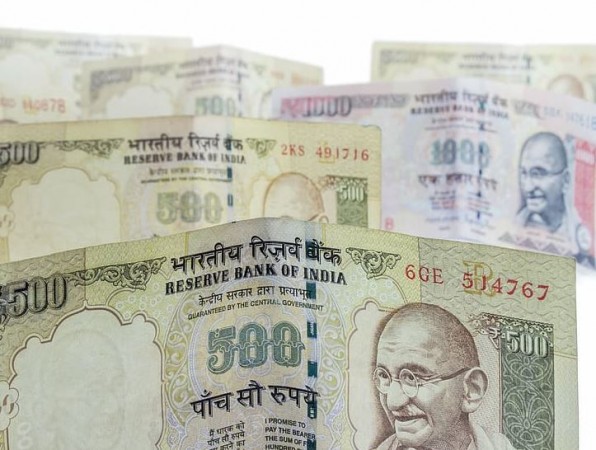
On November 8, 2016, our honorable Prime Minister Narendra Modi announced to withdrawal of Rs500 and Rs1000. This was shocking for every individual. There was chaos over the country. This caused confusion, street protests, and a few surgical strikes.
The intention of demonetization was to close down the untaxed cash, which allows corruption, and the funding of terrorist groups, and introduced net banking.
Banks and ATMs had huge lines to deposit the money. There was not much time for people to deposit as it was announced it will not be used from today. The ATMs were not working for a few days and a few banks were also closed on 9th November 2016 after the announcement.
People were withdrawing smaller notes to stock up so that they don’t have any shortage. The Rs500 and Rs1000 had to be deposited by 30th December 2016 otherwise there will be charges. The hospitals, petrol pumps, railway reservations, and other service sectors were allowed to accept the notes till 11th November 2016. This disrupted the economy, and badly affected poor and rural communities that relied on cash. Some influence groups had converted black money into white through investing in gold.
The demonetization has increased the awareness of cashless payment which we can see today how people use the UPI payment method. This helped Government to control corruption, black money, and counterfeit currency.
After the demonetization, the Central Bank RBI introduced the new notes of Rs500, Rs2000, and Rs200 in November 2016 under section 24 (1) of the RBI Act, 1934 after the withdrawal of Rs500 and Rs1000.
The Reserve Bank of India (RBI) has asked to withdraw the Rs.2000 .While the existing notes are legal tender. The RBI has provided a timeline that is till 30th September 2023 the individual can deposit the Rs.2000 notes in banks. The RBI also stated that this is part of the Clean Note Policy.
Clean note policy seeks to provide good quality currency notes and coins to the public with better safety. The withdrawal of Rs2000 is part of the currency management operation. After 30th September, 2023 the Rs2000 notes will not be considered as the legal tender.
The printing of Rs.2000 was stopped in 2018-19 as the initial objective of expenditure of the currency requirement was achieved. The non-account holder can also exchange the banknotes at any branch of a bank. One individual can only deposit 10 notes at a time i.e. Rs20, 000 at one time.
Some people consider it the second surgical strike on black money. People have mixed emotions about this news. Most common citizen has shifted to net banking and uses UPI so that didn’t impact much on people. Rs.2000 notes were not commonly used by the people. So it didn’t impact that much as it impacted in 2016.
On Mann Ki Baat's 100th episode, our Prime Minister Narendra Modi introduced the new coin of the Rs100.
Fiscal Policy and Monetary PolicyUnveiling the Infinix Note 30: A Feature-Rich Smartphone at an Unbeatable PriceRBI lowers its 2023–24 inflation forecast to 5.1 percentAhead of RBI Monetary Policy, Rupee opens 4-ps lower at 82.59 against USD